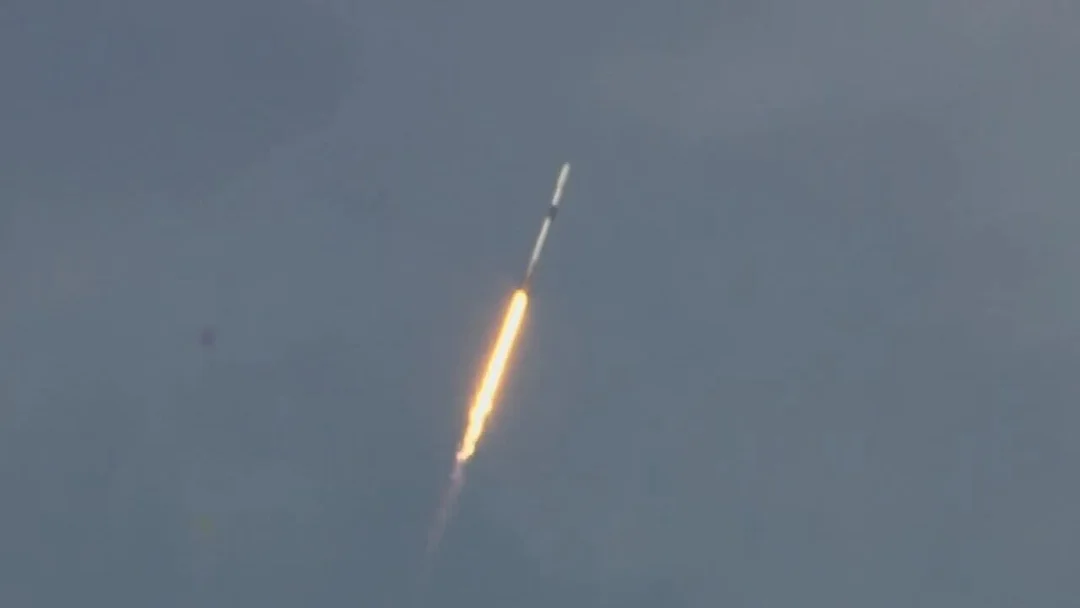
FAA Approves SpaceX Starship Flight 9 Amidst Safety Concerns and Increased Launch Cadence
The US Federal Aviation Administration (FAA) has approved license modifications for SpaceX Starship Flight 9, signaling a potential green light for its next launch. However, the approval comes with a significant caveat: SpaceX cannot launch until the FAA concludes its investigation into the Starship Flight 8 explosion or issues a return-to-flight determination.

This decision arrives amidst growing concerns about safety following two consecutive SpaceX test launch failures. Starship Flight 8 exploded in space back in March, disrupting approximately 240 flights due to worries of falling space debris. Even more concerning, British officials have voiced their anxieties to the FAA regarding the safety of planned Starship flights over British territories in the Caribbean, where debris from previous explosions has landed. A letter from the U.K. government urged the U.S. to consider alternative launch sites or trajectories for Starship 9 to minimize safety risks for areas such as the British Virgin Islands, Anguilla, and the Turks and Caicos Islands.
Despite these concerns, the FAA is also allowing SpaceX to drastically increase its launch cadence from its Boca Chica, Texas, facility. The approval raises the number of allowed launches from five to as many as 25 annually. This ambitious increase aligns with Elon Musk's vision of accelerating the development of Starship, a 403-foot rocket system destined to ferry humans to Mars by the end of the decade.
The Starship 9 launch is projected to affect air routes extending 1,600 nautical miles eastward from Texas, impacting airspace over the Straits of Florida and requiring airspace closures over the Bahamas and Turks and Caicos. The FAA estimates that around 175 flights could be affected.
Meanwhile, in Florida, the FAA is evaluating another SpaceX proposal to significantly increase launches from Cape Canaveral Space Force Station, potentially raising the annual volume from 50 to 120. This surge in launch activity has prompted concerns from groups like the Indian River Lagoon Roundtable, who are urging comprehensive environmental assessments to protect the delicate ecosystem of the lagoon. Noise pollution and the potential impact on other forms of transportation, including air and sea travel, are also areas of concern.

The recent accidents have drawn scrutiny from pilots and academics, who have warned about the increasing danger to commercial flights due to the growing number of rocket launches. The Air Line Pilots Association has called for increased information sharing and improved safety protocols to mitigate the risks associated with rocket anomalies.
SpaceX maintains it learns from its mistakes, stating after the Starship 8 accident. However, the FAA's oversight and the international community's concerns underscore the need for stringent safety measures as SpaceX pushes the boundaries of space exploration.
Will SpaceX be able to balance its ambitious launch schedule with the imperative of safety? What lasting impacts will the increase in launches have on local ecologies and international relations? Share your thoughts and concerns in the comments below.